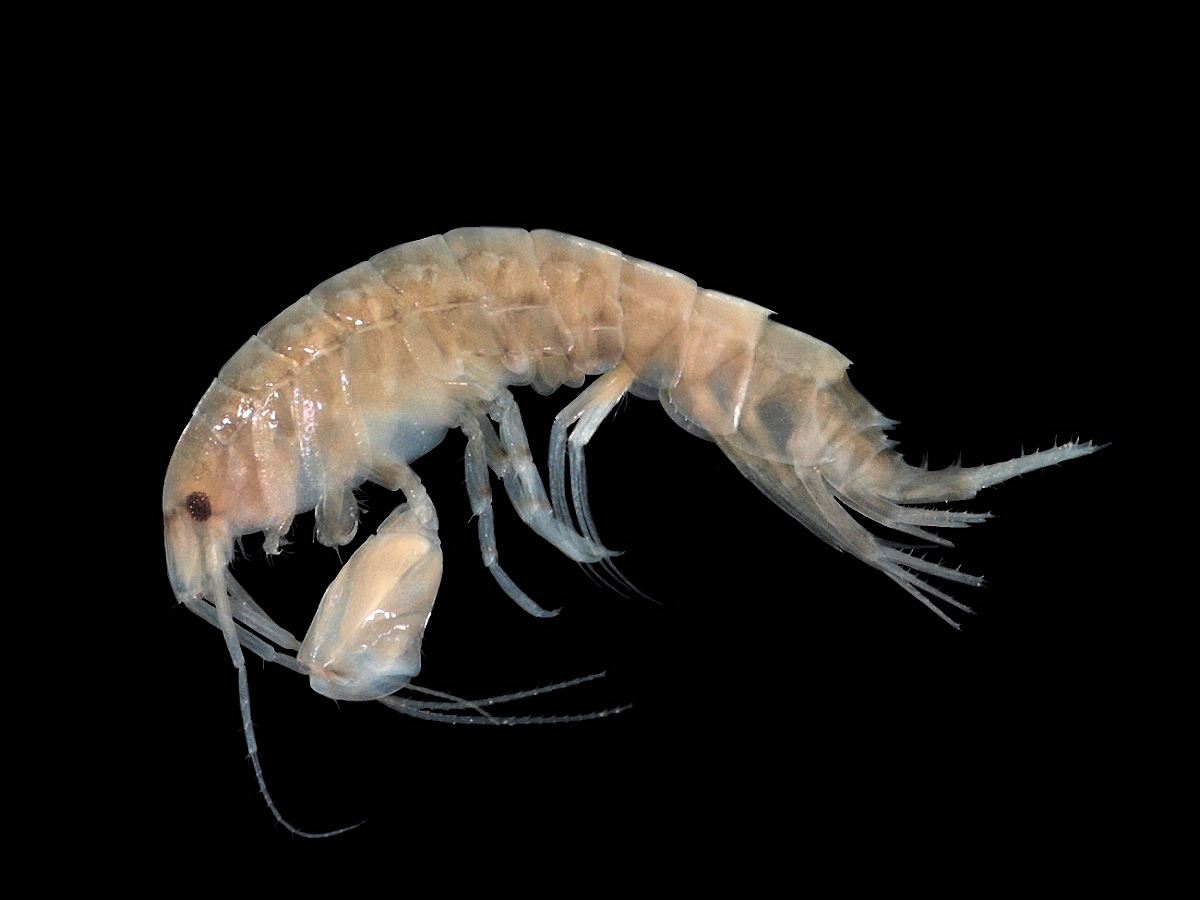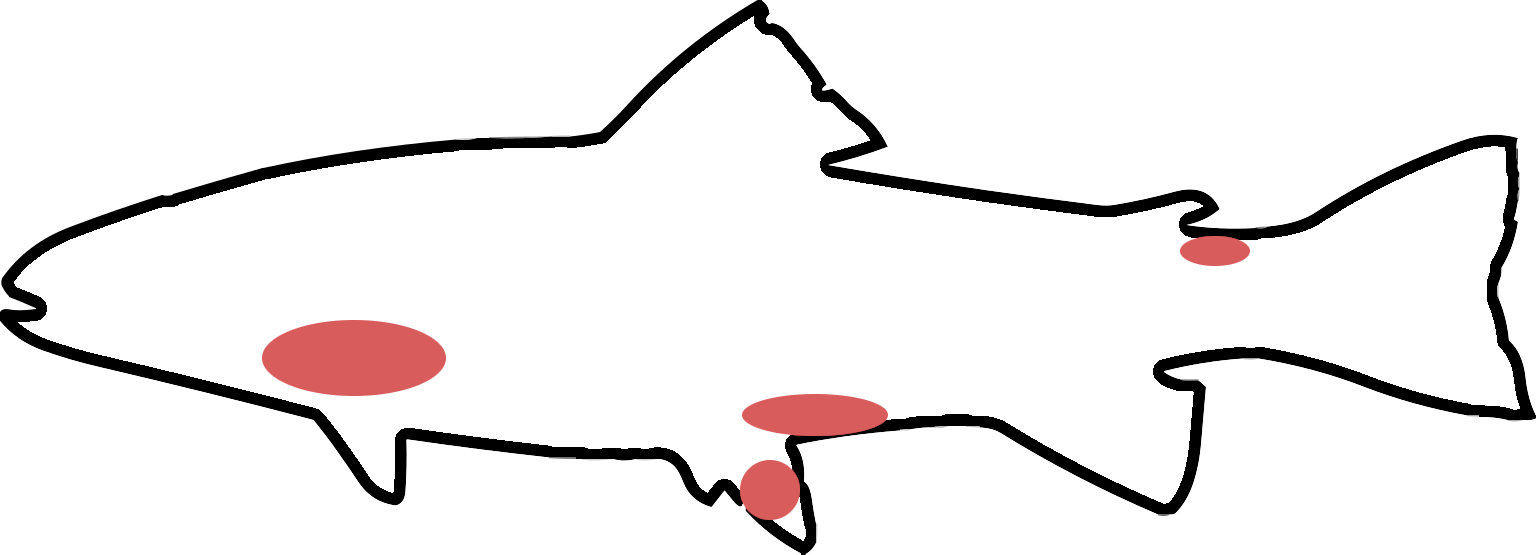|
Ichthyostraca
Ichthyostraca is a class of parasitic crustaceans. It is composed of two subclasses; Pentastomida The Pentastomida are an enigmatic group of parasitic arthropods commonly known as tongue worms due to the resemblance of the species of the genus ''Linguatula'' to a vertebrate tongue; molecular studies point to them being highly derived crust ... and Branchiura. They mainly parasitize various vertebrates and feed on their blood or mucus. References {{Taxonbar, from=Q22986461 Arthropod classes Maxillopoda Crustaceans Parasitic crustaceans ... [...More Info...] [...Related Items...] OR: [Wikipedia] [Google] [Baidu] |
Maxillopoda
Crustaceans (from Latin meaning: "those with shells" or "crusted ones") are invertebrate animals that constitute one group of arthropods that are traditionally a part of the subphylum Crustacea (), a large, diverse group of mainly aquatic arthropods including decapods (shrimps, prawns, crabs, lobsters and crayfish), seed shrimp, branchiopods, fish lice, krill, remipedes, isopods, barnacles, copepods, opossum shrimps, amphipods and mantis shrimp. The crustacean group can be treated as a subphylum under the clade Mandibulata. It is now well accepted that the hexapods (insects and entognathans) emerged deep in the Crustacean group, with the completed pan-group referred to as Pancrustacea. The three classes Cephalocarida, Branchiopoda and Remipedia are more closely related to the hexapods than they are to any of the other crustaceans ( oligostracans and multicrustaceans). The 67,000 described species range in size from '' Stygotantulus stocki'' at , to the Japanese spider cr ... [...More Info...] [...Related Items...] OR: [Wikipedia] [Google] [Baidu] |
Crustaceans
Crustaceans (from Latin meaning: "those with shells" or "crusted ones") are invertebrate animals that constitute one group of Arthropod, arthropods that are traditionally a part of the subphylum Crustacea (), a large, diverse group of mainly aquatic animal, aquatic arthropods including decapoda, decapods (shrimps, prawns, crabs, lobsters and crayfish), ostracoda, seed shrimp, branchiopoda, branchiopods, argulidae, fish lice, krill, remipedes, isopods, barnacles, copepods, Mysida, opossum shrimps, amphipods and mantis shrimp. The crustacean group can be treated as a subphylum under the clade Mandibulata. It is now well accepted that the Hexapoda, hexapods (insects and entognathans) emerged deep in the Crustacean group, with the completed pan-group referred to as Pancrustacea. The three classes Cephalocarida, Branchiopoda and Remipedia are more closely related to the hexapods than they are to any of the other crustaceans (oligostracans and multicrustaceans). The 67,000 described spec ... [...More Info...] [...Related Items...] OR: [Wikipedia] [Google] [Baidu] |
Pentastomida
The Pentastomida are an enigmatic group of parasitic arthropods commonly known as tongue worms due to the resemblance of the species of the genus ''Linguatula'' to a vertebrate tongue; molecular studies point to them being highly derived crustaceans. About 130 species of pentastomids are known; all are obligate parasites with correspondingly degenerate anatomy. Adult tongue worms vary from about in length and parasitize the respiratory tracts of vertebrates. They have five anterior appendages. One is the mouth; the others are two pairs of hooks, which they use to attach to the host. This arrangement led to their scientific name, meaning "five openings", but although the appendages are similar in some species, only one is a mouth. Taxonomy Historically significant accounts of tongue worm biology and systematics include early work by Josef Aloys Frölich, Alexander von Humboldt, Karl Asmund Rudolphi, Karl Moriz Diesing and Rudolph Leuckart. Other important summaries have b ... [...More Info...] [...Related Items...] OR: [Wikipedia] [Google] [Baidu] |
Arthropod Classes
Arthropods ( ) are invertebrates in the phylum Arthropoda. They possess an exoskeleton with a cuticle made of chitin, often mineralised with calcium carbonate, a body with differentiated ( metameric) segments, and paired jointed appendages. In order to keep growing, they must go through stages of moulting, a process by which they shed their exoskeleton to reveal a new one. They form an extremely diverse group of up to ten million species. Haemolymph is the analogue of blood for most arthropods. An arthropod has an open circulatory system, with a body cavity called a haemocoel through which haemolymph circulates to the interior organs. Like their exteriors, the internal organs of arthropods are generally built of repeated segments. They have ladder-like nervous systems, with paired ventral nerve cords running through all segments and forming paired ganglia in each segment. Their heads are formed by fusion of varying numbers of segments, and their brains are formed by fus ... [...More Info...] [...Related Items...] OR: [Wikipedia] [Google] [Baidu] |
Ichthyostega
''Ichthyostega'', from Ancient Greek ἰχθύς (''ikthús''), meaning "fish", and στέγη (''stégē''), meaning "roof", is an Extinction, extinct genus of limbed tetrapodomorpha, tetrapodomorphs from the Devonian, Late Devonian of what is now Greenland. It was among the earliest four-limbed vertebrates ever in the fossil record and was one of the first with weight-bearing adaptations for terrestrial locomotion. ''Ichthyostega'' possessed lungs and limbs that helped it navigate through shallow water in swamps. Although ''Ichthyostega'' is often labelled a 'tetrapod' because of its limbs and fingers, it evolved long before true crown group tetrapods and could more accurately be referred to as a stegocephalian or stem tetrapod. Likewise, while undoubtedly of amphibian build and habit, it is not a true member of the group in the narrow sense, as the first modern amphibians (members of the group Lissamphibia) appeared in the Triassic Period. Until finds of other early stegocephal ... [...More Info...] [...Related Items...] OR: [Wikipedia] [Google] [Baidu] |
Branchiura
The family Argulidae, whose members are commonly known as carp lice or fish lice, are parasitic crustaceans in the class Ichthyostraca. It is the only family in the monotypic subclass Branchiura and the order Arguloida, although a second family, Dipteropeltidae, has been proposed. Taxonomy Branchiurans were once thought to be copepods but are now recognised as a separate subclass in the superclass Oligostraca due to their distinct morphological characteristics.Alan P. Covich, ... D. Christopher Rogers, in Ecology and Classification of North American Freshwater Invertebrates (Third Edition), 2010 There are approximately 170 species in four genera recognised in the family Branchiura. The centres of diversity are the Afrotropical and Neotropical realms. Description Branchiurans have a flattened, oval body, which is almost entirely covered by a broad, oval carapace, four thoracic segments each with a pair of swimming legs, a pair of anterior compound eyes, and an unsegmented ... [...More Info...] [...Related Items...] OR: [Wikipedia] [Google] [Baidu] |
Argulus Coregoni
The carp louse ''Argulus coregoni'' is an obligate ectoparasitic branciuran species on fish. It occurs in China and Japan, and Scandinavia. ''Argulus coregoni'' can pose a threat to fish kept in fish farms. Life cycle ''Argulus coregoni'' has a direct life cycle, meaning that the parasite is transmitted between individuals of the same host species without an intermediate host. At Northern latitudes, adults do not survive winter, but only the eggs attached to rocks survive throughout the winter. Egg hatching occurs in May once water temperatures exceed 10 °C. From the eggs, metanauplii emerge which actively search for a fish host to feed on. These can survive up to two days without finding a host. One or two generations can be completed each year, depending on environmental conditions. This means that infection rates of host typically reach their peak during the summer months. Females start laying eggs from July until the end of summer. Although some differences are seen ... [...More Info...] [...Related Items...] OR: [Wikipedia] [Google] [Baidu] |





